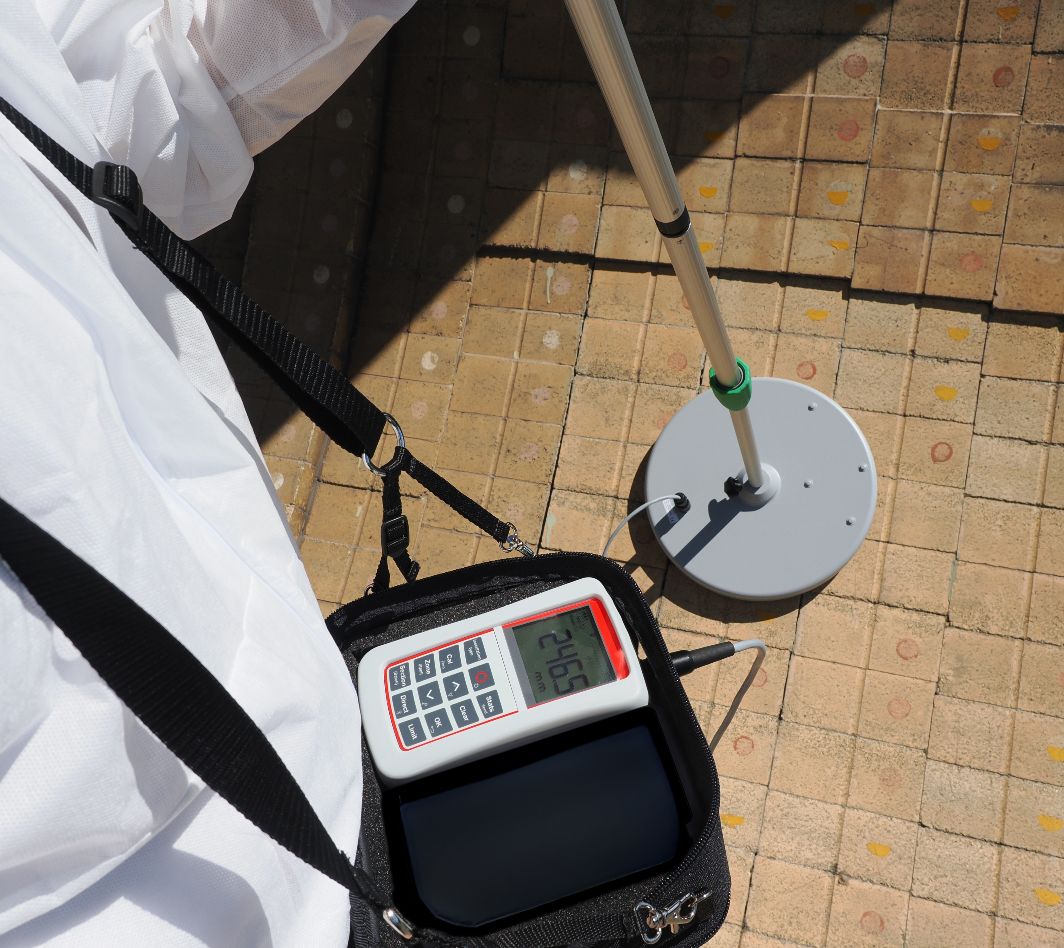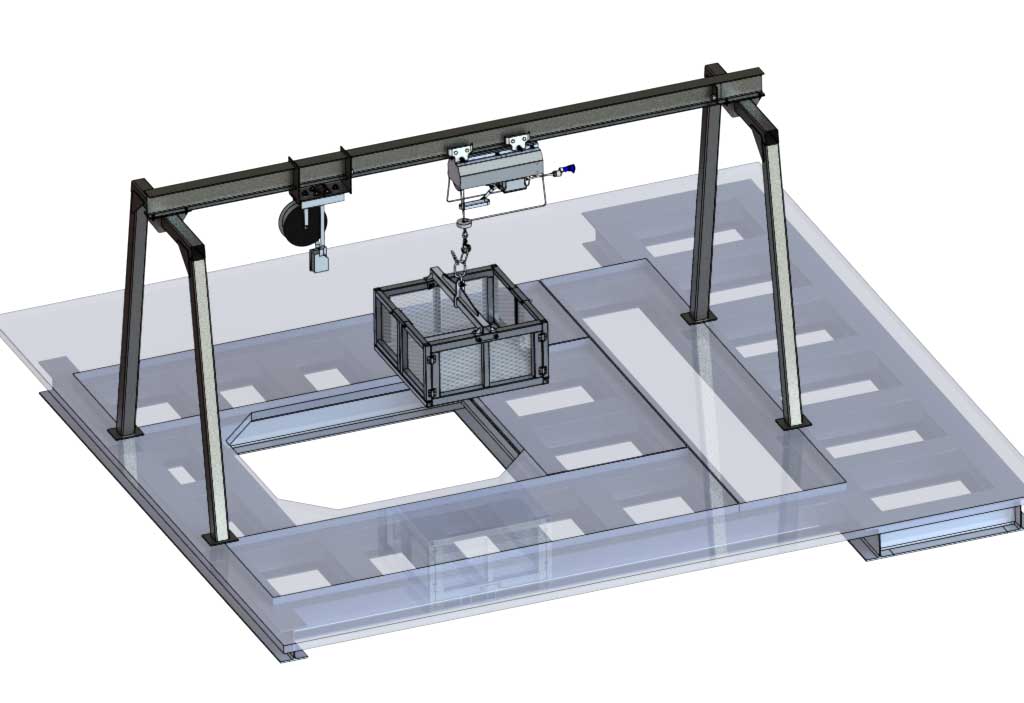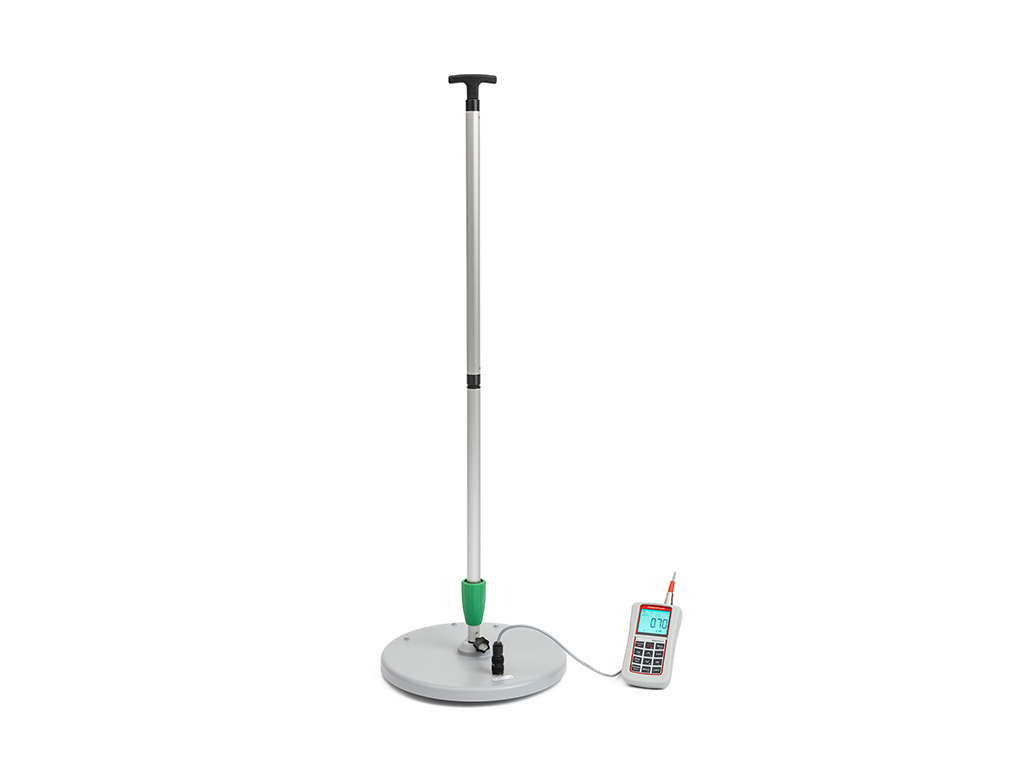Bricking Solutions, a full solution provider of refractory installation equipment, introduces BrickCheck. BrickCheck measures the thickness of refractory lining inside industrial furnaces, ovens and kilns quickly and easily in a nondestructive way after calibration. The readings can be used to ensure smooth operation of a vessel and help plan future maintenance in any facility that uses refractory, including cement, pulp and paper, lime and metal processing facilities. BrickCheck replaces the popular, discontinued Linometer system in the Bricking Solutions line.
“Customers need to minimize the risk of refractory failure. The ability to monitor the thickness of the refractory in their vessels gives them the knowledge they need to identify wear trends before kiln failure,” said Jeff Mirisola, Bricking Solutions vice president of global sales and service. “Using BrickCheck allows operations to plan for maintenance and downtime, limiting the impact on productivity and profitability. It’s easy to use and doesn’t damage the brick layers as much as drill core methods.”
BrickCheck includes a control unit, measuring probe, connecting cable, anti-dust cover, carrying case, plastic case and instruction manual. Three AA (LR05) batteries power the unit for up to 150 hours. The probe can also feature an optional protective coating for measurements on brick up to 212 degrees Fahrenheit (100 degrees Celsius). The handheld instrument measures and displays the thickness of refractory brick and concrete for industrial ovens, kilns and furnaces as well as unreinforced refractory concrete. It can be used on cement, dolomite, magnesite or fireclay bricks and measure a range up to 11.8 inches (300 millimeters).
The device uses electromagnetic measuring through the eddy currents principle to determine brick thickness. The magnetic probe is placed against the brick, and the 4-digit display shows the measurement in centimeters. The probe is accurate within 0.1 of an inch (5 millimeters). The probe and telescoping extension arm give operators a full range of motion, allowing them to measure the full circumference of the vessel without bending, stretching or stooping.
The operator calibrates BrickCheck by drilling a single trial hole. This virtually eliminates the extensive, repeated damage to the shell that the drill core method can cause where up to 200 holes may be required. The BrickCheck process is also 10 times faster.
Operators can transfer data from the device via USB or Bluetooth connection, making transfers easy for operators. BrickCheck works like a USB mass storage device and stores as much as 1 million individual readings and 9,801 separate measurement series as CSV files that can be read in programs like Microsoft Excel. This information can be analyzed to see what the normal wear rate is for the vessel as well as how it varies over time, giving operators the information needed to notice hotspots or abnormal brick wear.
















